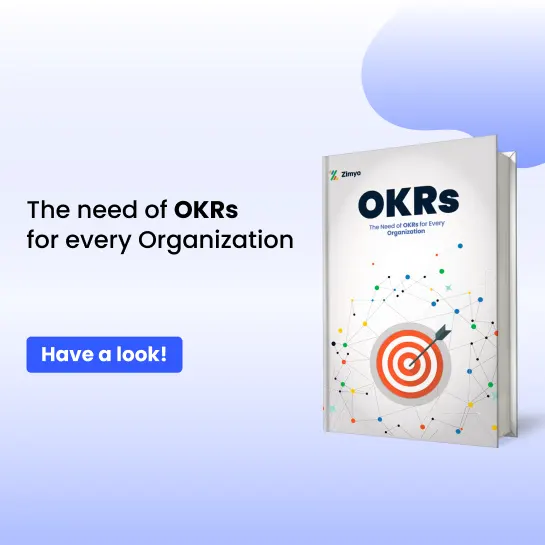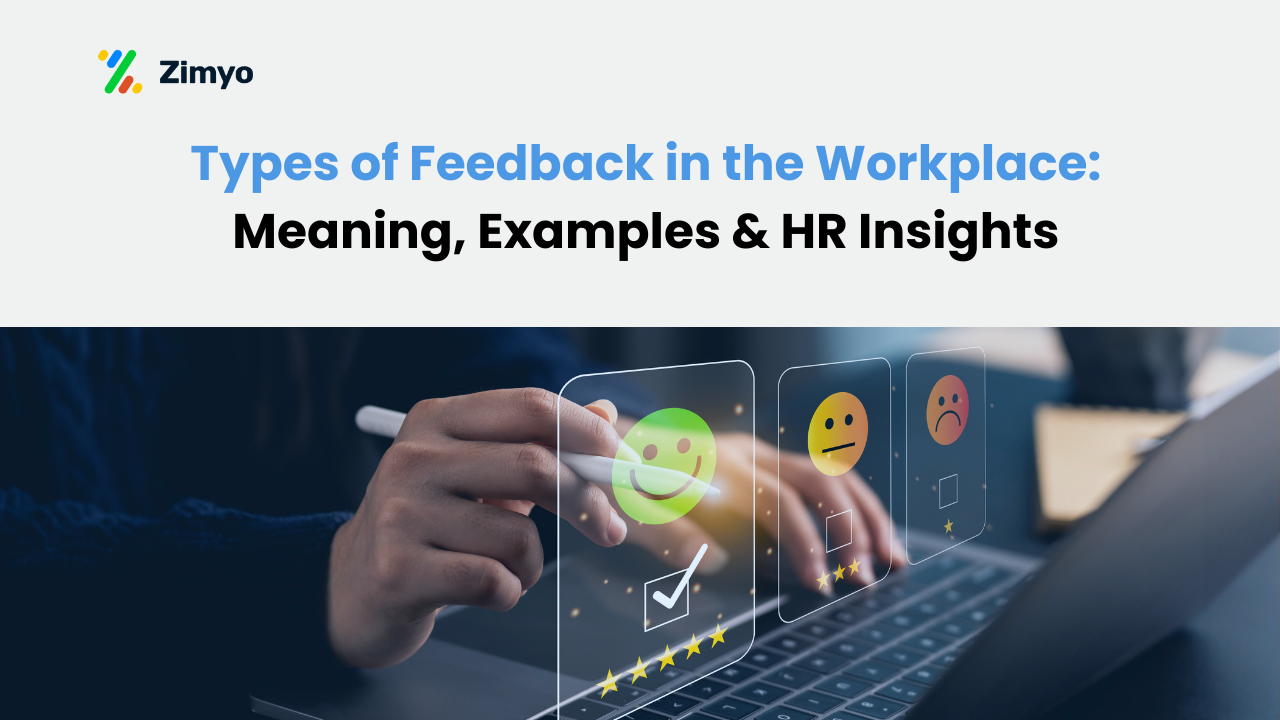For the success of an organization, it’s critical to manage HR-related data. A recent study suggested that there has been a stunning progress in developing applications to leverage this data, and many CXO’s, HR’s have agreed that they use HR data alongside other data for smooth operations of their businesses. Yet HR analytics has had a very slow progress. The key source of the competitive advantage is mostly human capital, but global study of TCS showed that only the 5-6% of the data investments is in human resources.
This is a matter serious enough to discuss. There must be reasons for the slow progress of HR analytics from many decades. If the availability of HR data increases and it is rightfully used, then there is a potential chance of stronger organizational performance. There are certain factors that effectively pushes HR analysis and measures to their target audience in an impactful way.
A HR leader must do a better job to present human capital metrics with the help of HRMS solutions to rest of the company or organization using the LAMP framework:
-
Logic:
Management must articulate the links between strategic success and talent along with some conditions and principals which can predict the behaviors of individuals and organization.
-
Analytics:
Use appropriate techniques and tools like human resource management software to transform people data or employee data into relevant and rigorous insights like research design, statistical analysis etc. For example, To understand if the employee engagement boosts higher work performance, it requires a good analysis beyond the correlations which show the association.
-
Measures:
Management or HR must create all verified and accurate indices that are calculated from the HR tech to serve as the input for the analytics. This is to avoid any garbage inside the database for appropriate, sophisticated analysis.
-
Process:
Hr must use the correct channels, timings for communication and some interesting techniques to encourage decision makers to work on the data insights. For example, employee engagement reports are most times delivered soon after the analysis is completed. But all these become much more effective if they get delivered at the time of business planning sessions. Also if they show relationship between specific focused outcomes and engagement, it becomes more impactful.
Typically most of the HR’s attention is focused on the sophisticated analytics and on creating much more accurate and complete measures. No matter how accurate and sophisticated analysis these are, all of these must avoid from getting lost in the mixing. To do so these analysis have to be embedded in some logical frameworks which are relevant and also understandable to the decision makers.
It has been found through some surveys that the HR leaders or HR departments who use all the important elements of LAMP are playing much stronger strategic roles in their respective organizations. It is important to balance this four push factors because it creates higher probability for HR’s analytic messages to reach out to the right decision makers.
They must do the following:
-
Receive every analytics at right context and at right time.
-
Attend to the analytics and also believe that these analytics are valuable and they can use them.
-
Believe that these analytical results are credible. They also believe these results will represent the “real world”.
-
Perceive that the effect of these analytics will become big and forceful enough to justify their attention and time.
-
They must understand that all these analytics have their specific implications to improve their own actions and decisions.






